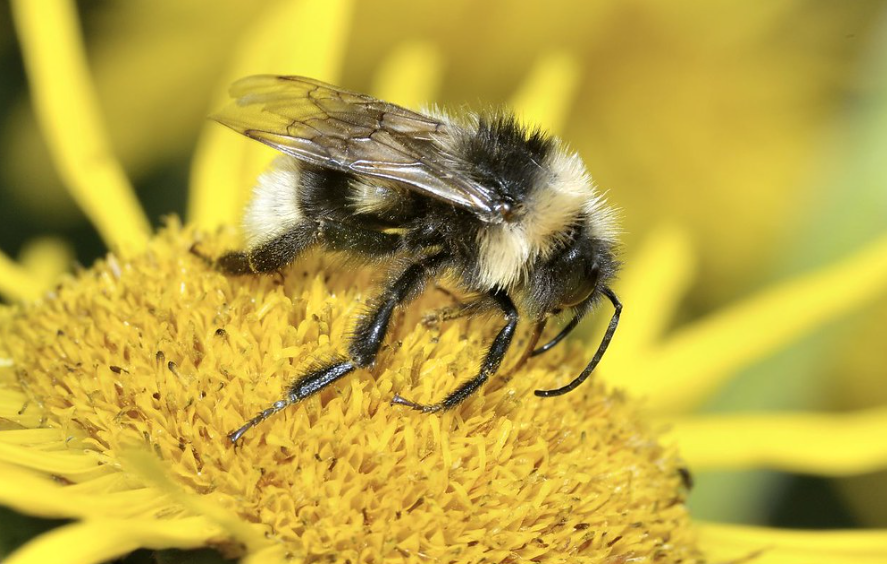
Introduction to bobolink bird and its significance in the avian world
Dolichonyx oryzivorus, often called bobolinks, is a little blackbird family member that migrates. Mostly prevalent in North America, they travel to South America in the winter and breed in the northern parts of the continent. Bobolinks are amazing birds that attract both nature lovers and birdwatchers. They are an appreciated component of the avian biodiversity of North America because of their unusual look, amazing migrations, and beautiful songs.
Unique characteristics and behaviours of bobolink Bird
These birds’ remarkable look is further enhanced by the unusual black and white plumage that the males of the species show during the mating season. The black head and back of the males contrast with their white underparts and rump. The hue of the females is more subdued and brownish.
Breeding season vocalizations of bobolink Bird
You may hear the beautiful voices of the really talented singers, the Bobolinks, during the breeding season. In their complex song repertoire, they can generate a broad variety of trills, warbles, and whistles. They lure prospective mates with their songs and defend their territory with them.
Bobolink courtship displays and nest-building habits
One interesting thing about bobolinks is their unique breeding pattern. Unlike many other bird species, they prefer to make their nests on the ground in grasslands or open meadows. The female builds a cup-shaped nest and lays her eggs within it among the greenery. Because of the way they nest, they are vulnerable to habitat degradation and agricultural operations.
Remarkable migration journey of bobolink Bird
Another interesting aspect is the long-distance migration of bobolinks. They make the incredible voyage of flying hundreds of miles each year from their breeding habitats in North America to their wintering grounds in South America. This migration, which is essential to their existence, allows them to locate suitable habitats and food sources throughout the year.
Diet and feeding patterns of bobolink Bird
Bobolinks are omnivorous birds that eat a variety of seeds, grains, and insects. During the mating season, they mostly consume insects to fulfil their high energy demands for rearing their young. During the winter, their diet shifts to include easier-to-get grains and seeds.
Protection and Conservation status of bobolink Bird
Because bobolink numbers have been dropping recently, conservation activities are essential to the species’ future. Changes in agricultural methods, the use of pesticides, and the lack of appropriate breeding habitats have all been blamed for their decrease. Protecting and restoring grasslands, together with putting into practice sustainable agricultural techniques, are necessary to ensure the long-term survival of these magnificent birds.

Fascinating facts about Bobolink Birds
North American native bobolinks are distinctive and fascinating birds. The following intriguing details concern these avian creatures:
How male and female bobolinks differ in appearance
Bobolinks are little songbirds, with a length of around 6 to 7 inches. During the mating season, the males exhibit remarkable black and white plumage, with a white back and a black patch on their necks. The females’ colouring is a more muted shade of brown, in contrast.
Migration journey of bobolinks, including the distances they cover
Bobolinks are renowned for their spectacular travels across great distances. In the summer, they reproduce in North America, and in the winter, they fly all the way to South America. This tour may go up to 12,000 kilometres in total.
Melodious songs and calls of bobolink Bird
Bobolink males are well known for their beautiful singing. They have a distinctive singing technique known as “skylarking,” in which they execute spectacular flying displays while singing above. Many people define their music as tinkling or bubbly.
Preferred habitats of the bobolink bird, such as grasslands, meadows, and prairies
The preferred environment for bobolinks is wide grasslands and meadows. These places are essential to their feeding and nesting. Regrettably, some places have seen a decrease in their population as a result of the loss of grasslands brought about by industrialization and agriculture.
Bobolink feeding techniques and preferred foraging areas
Primarily, bobolinks consume seeds, particularly in the mating season. They may forage on the ground or harvest seeds straight from plants; however, they are more interested in grass and weed seeds. They also eat insects, but only in small amounts.
Male bobolinks are polygynous birds
Because they mate with numerous females throughout the mating season, male bobolinks are polygynous. They sing and put on spectacular flying displays to mark their territory and draw in females. After selecting a partner, a female constructs a ground-level nest, like a cup, in which she deposits her eggs.

Conservation efforts to protect bobolink birds populations
The use of pesticides, changes in agricultural methods, and habitat degradation are just a few of the dangers bobolinks must contend with to survive. Their number has been decreasing as a consequence in several places. To preserve their grassland habitats and increase public awareness of the necessity for their survival, conservation initiatives are being carried out.
Cultural Significance of bobolink birds
Throughout history, writers and musicians have drawn inspiration from bobolinks. They have become a symbol of the beauty of nature because of their distinctive appearance and mesmerising melodies. They serve as a reminder of the interdependence of many ecosystems via their migratory trips.


